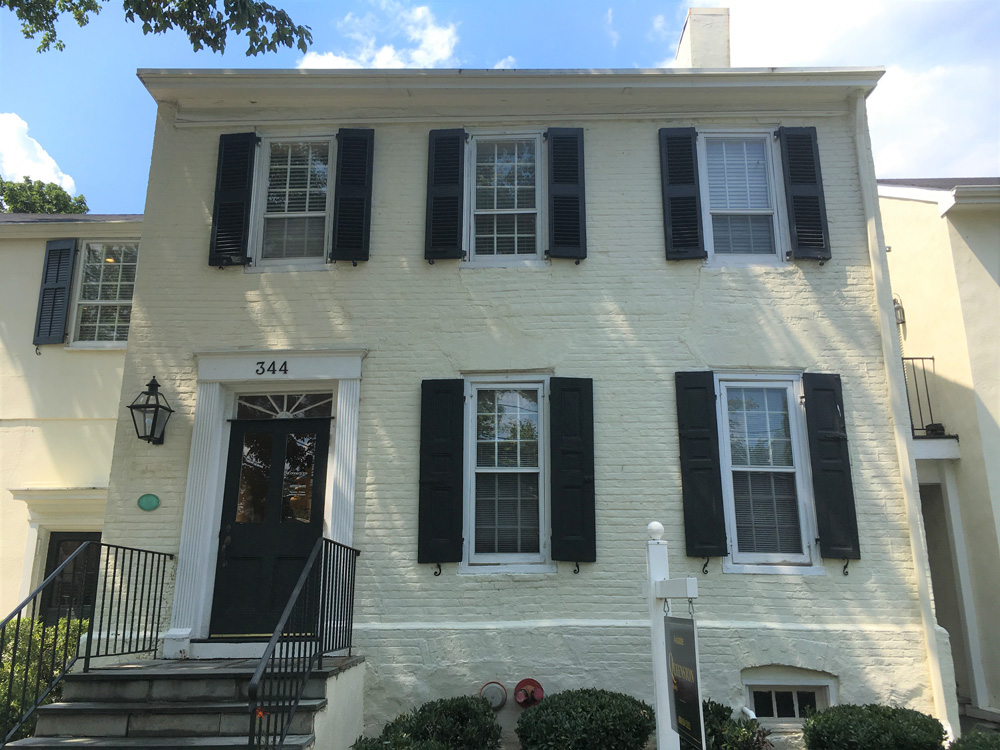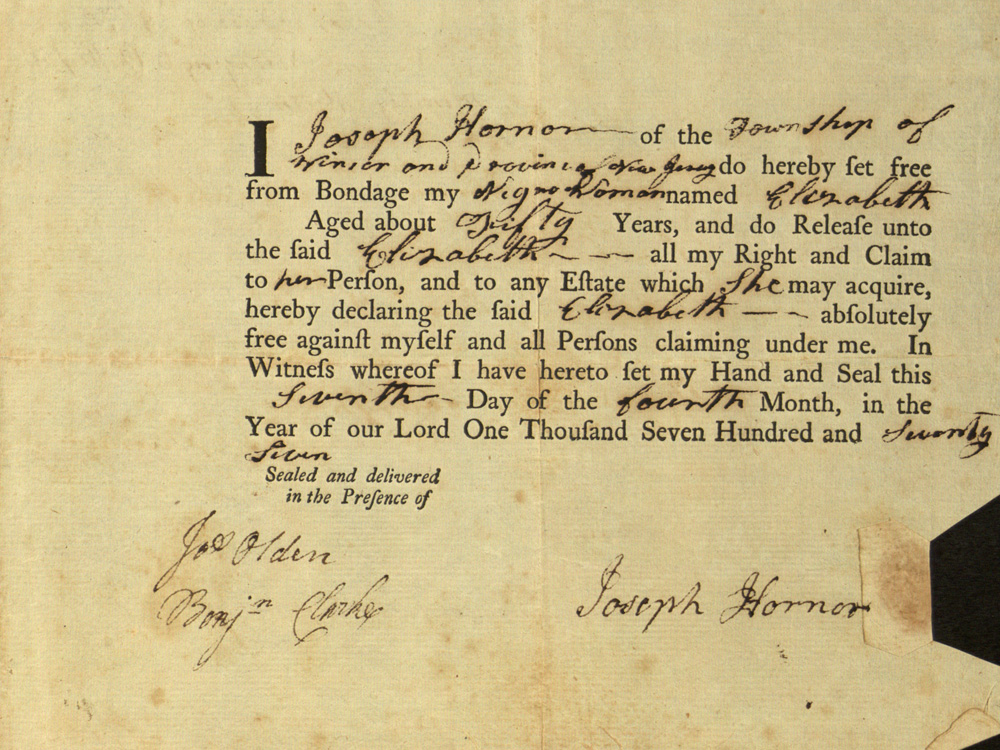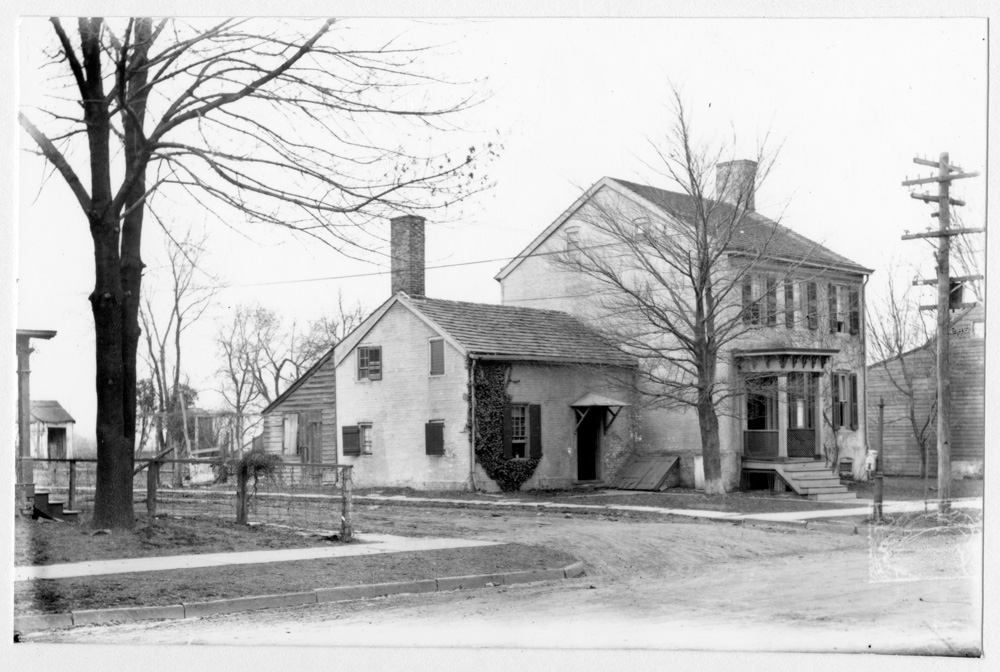
Part of Jugtown.

This building -- or rather the business established here -- is the one responsible for the area’s nickname “Jugtown.” Around 1760, Joseph Hornor built it on land originally belonging to John Hornor, one of the first Quakers at Stony Brook. Within a few years, Joseph was running a pottery business out of the house. The first potter in his employ was young man from Pennsylvania named John Morton, who had recently finished an apprenticeship nearby.
This house is also a site symbolic of Princeton’s evolving relationship to slavery. While Joseph Hornor is known to have owned at least one enslaved person, named Elizabeth, he is also known to have manumitted her in 1777, after local Quakers forbid members from owning slaves, determining that it was inconsistent with their values. Later on, (though perhaps not until the next century), this house was also purportedly a stop on the Underground Railroad. A tunnel under Nassau Street led to this house, where escaped slaves may have been offered shelter and protection.
Original Sections: the lower story of the stuccoed wing
Present Use: commercial offices

Manumission certificate freeing Elizabeth, signed by Joseph Hornor, 1777.
Courtesy Friends Historical Library of Swarthmore College

Hornor House, ca. 1900
Collection of the Historical Society of Princeton